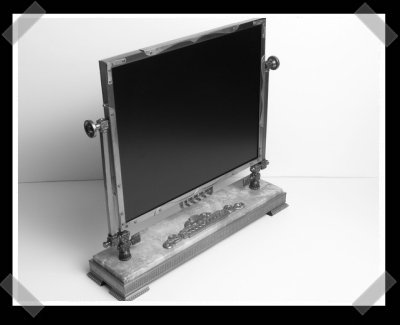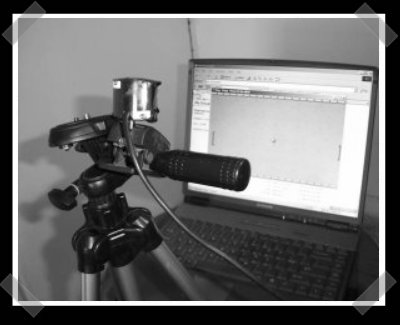
I think it’d be more fun if the computer had to actuate a joystick, but [ashish]s visual based computer pong player is still pretty sweet. He’s capturing the game state with his webcam, and the computer processes the image and controls the pong paddle via tcp client connection based only on what it sees.
computer hacks1402 Articles
computer hacks
XT To AT Keyboard Adapter
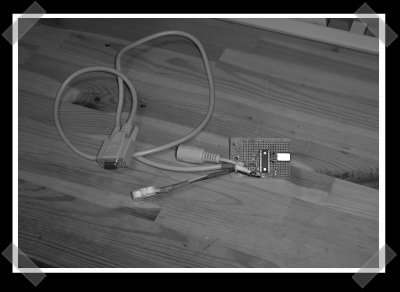
If you dig the older switch based keyboards, you’ll like this. As a favor to a friend, [Bob van Loosen] built a small converter using a pic16F84 to make an XT telex keyboard usable with modern AT style computers.
Steampunk LCD
Case Mod: The Dark Blade – Finally Finished
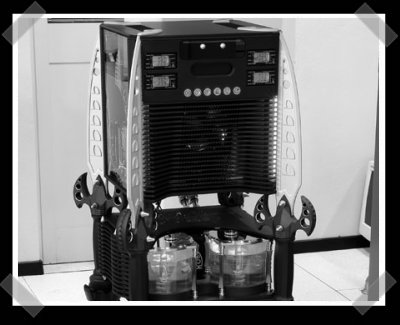
Case mods aren’t usually enough to make Hack-A-Day, but we all drooled a bit when the Dark Blade started back in 2004. Now, it’s finally finished. Everything on the case was custom machined just for this project. I cropped the base for the shot – check out the full pics in this thread. Thanks to [Jake] for the tip.
Serial Port Power Booster
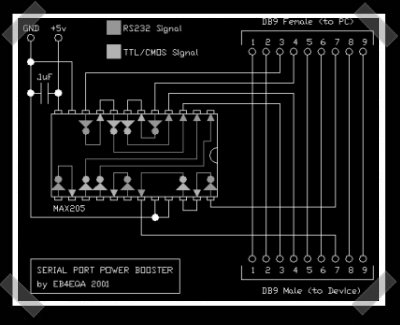
This one(coral cache) is a bit of a head slapper, but I thought it might come in handy. Laptop (or usb) serial ports are pretty notorious for being stingy on power output. [Roberto] came up with a clever solution. He used a MAX205 (sort of a double+ MAX232) and a singe capacitor to convert the low power serial connection on his laptop to a TTL signal and back again to RS-232. The result is a simple dongle that needs 5v and gives you a high power serial port for those power hungry devices – like [Roberto]’s PIC programmer.
Bulletproof PC Case
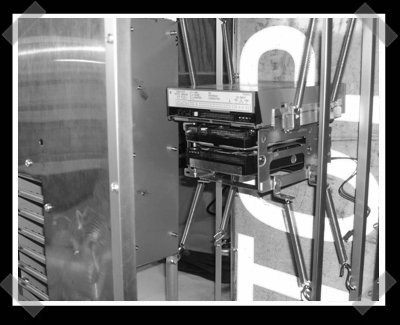
Not our typical fare, but I can’t resist. [RCarter] is building a PC from scratch with a single unique feature – it’s designed to be bulletproof. Apparently, when it’s done he’s going to take it out back and teach it a lesson. Right now he’s more concerned with shock-proofing the hardware. Most people do this sort of thing at the end of the PC’s useful life.
Checkpoint VPN To Mediacenter
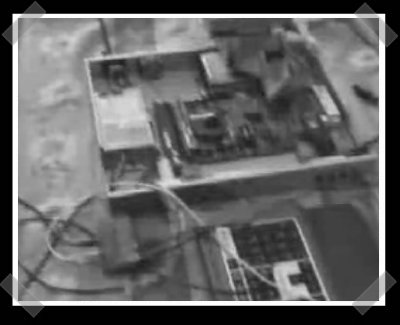
[Sasha] sent along this video. It’s a rather long (8 minutes) log of converting a checkpoint firewall into a home media player. The one in the video just needed a PCI video card, a and a USB hub to become a normal (yet still 1U) machine. I’m not sure what CPU was in it, but it was enough to run XP.

